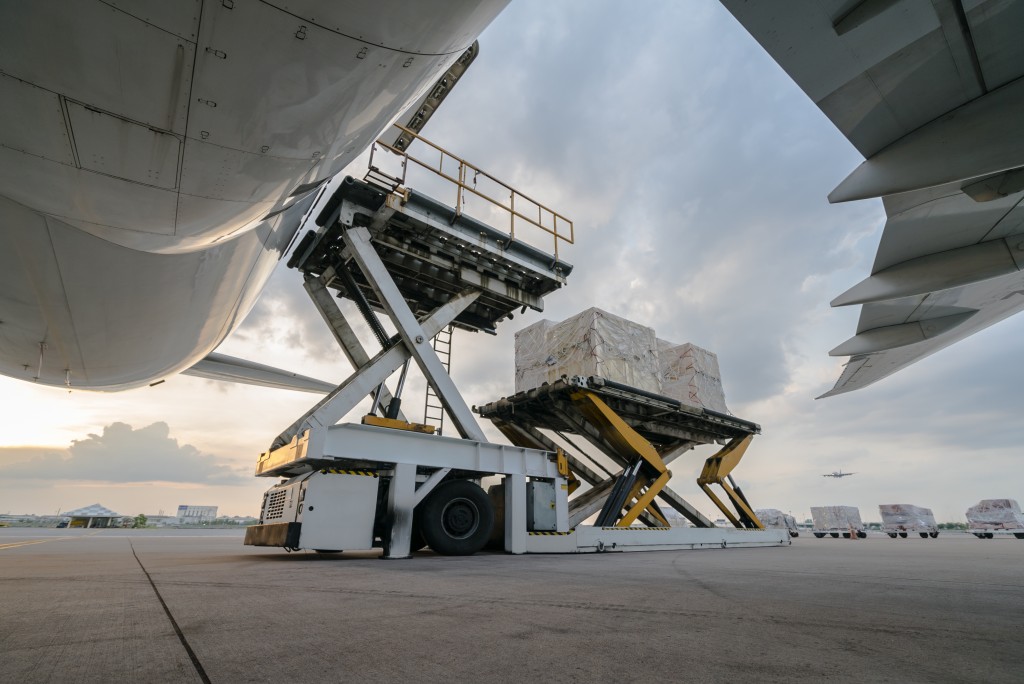Fatal accidents still occur when loading and unloading freight containers. However, there are measures that cargo handlers can take to load and unload their cargo safely. Recent research has shown that approximately 20 percent of import freight containers are cluttered with pollutants.
There is a high risk of accident when loading and unloading an import freight container. However, safety measures for air cargo loading systems can vary depending on the local circumstances and the nature of the cargo. Cargo handlers should be highly trained and advised on how to handle freight containers with care. Here are a few measures to help prevent accidents when handling cargo:
Maneuver Carefully
Container yards are often unclear and dense. Insufficient traffic regulation and time pressure complicate the situation. Despite all this, cargo handlers have to marshal the trucks with the containers. Cargo handlers should stay distant from these trucks to avoid injuries. A truck driver might have to enlist the help of someone else as a hedge. However, lighting, additional mirrors, and clear traffic regulations increase safety at a warehouse.
Load or Unload from Above
Falls are frequent at warehouses and can cause severe injuries if cargo handlers are not careful. However, cargo handlers can avoid falls by securing their loading bridge and situating it in a safe place. Cargo handlers should look for ways to evade in a safe place during an emergency. You can use fall protection to keep yourself safe during an emergency.
Open the Container Carefully
Cargo handlers should be careful not to injure themselves when opening the cargo container. Cargo container doors that are under tension can burst open, so cargo loaders must be careful. However, cargo container doors can be locked with bolts that inhibit them from opening suddenly. You can attach a securing device to the cargo container to protect any item that might fall out.
Inspection

Cargo handlers should never release the transport restraints before they inspect the packaging and goods. Never release the next restraint before taking all the cargo in the previous restraint out. Put in place additional safety measures to avoid accidents and injuries.
Cargo handlers must be cautious to avoid dangerous accidents. Overloading a cargo container could result in loss of control during transit. Forgetting to secure a ramp could lead to a more severe driving hazard. However, cargo handlers have a host of measures to ensure that their loading and unloading is safe.
Cargo handlers should prepare the container before loading cargo in it. It should be free from damage or corrosion for the safety of your goods. Confirm that the hold-down openings are sturdy enough and do not have any cracks or kinks. Your hold-downs should also be tight against the deck and with no bends. Never load the cargo until all repairs are done in case you notice damages on your cargo container.
The next step is leveling the deck so that it does not trip during transit. Check to make sure the cargo container is stable and its ramps are secured to the deck.
